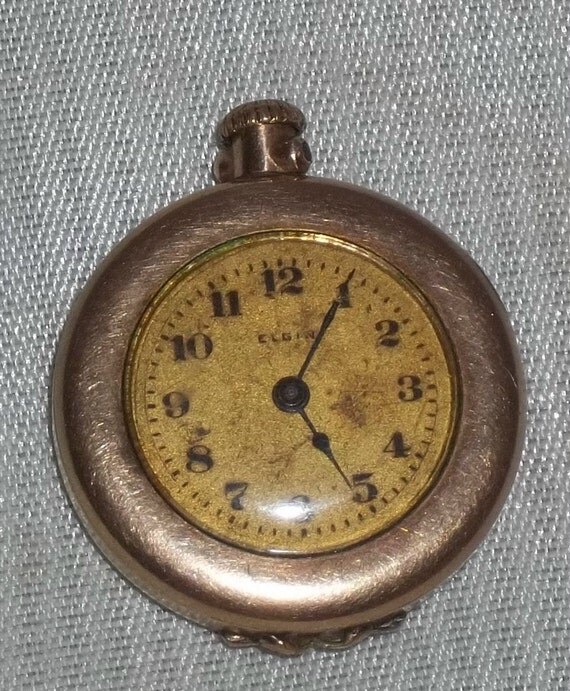

Military Watch History: JapanĪ Spanish missionary by the name of Francisco de Xavier brought the first European timepiece to Japan. Indeed, the military watch was accurately given the honour as the watch that won the war. It was later updated with a black dial, white numbers, and white hands which were so easy to look at even during the darkest nights. In the beginning, the A11 had a white dial with coined edges and flat bezels which were so compatible with fashion at that time, and had 15 jewel hacks. Not only did it help them with synchronisation during an active battle but military watches also kept them punctual. In fact, one in every four military men had a military watch strapped around their wrist. It then became a common sight to see soldiers with a military watch. Originally, the A11 was exclusively issued to the aerial corps but then after knowing its uses, the infantry and ground corps followed suit. Rather, it is the production standard with which the military preferred its military watches. It is interesting to note that the A11 is not any brand name. And when it released the Bulova A11, the watch market was astounded with its features. With this, soldiers could synchronise their watches with one another directly down to the seconds which was helpful in military tasks.īulova was a leading brand of military watches.

It also included a unique feature - the seconds hand can be halted for a specific time setting. It had a distinctive appearance with white hands and an Arabic numeral file, dark dial, and chromium-plated brass case.

When discussing the history of MIL-SPEC-certified military watches, the Type A-11 is always mentioned. Even to this day, companies like Bell & Ross continue to produce their own military watch. Thus, a military watch became popular amongst the masses. Military watches were so versatile in style and design. In fact, it became known as an accessory for rich young men. Surprisingly, there was a massive market for military watches during the post-war era. When World War II rolled in, military watches had better features such as luminous digits and easy-to-read dials. Leather straps proved to be comfortable in any kind of situation. Throughout the first world war, companies like Rolex, Doxa, and Gruen made efforts to manufacture their own version of a military watch. Thus, the first “wristwatch” was born.Īfter pocket watches, wristwatches became popular. To remedy this, the officer strapped a pocket watch to his wrist using a leather webbed cap to support it. As the story goes, a German naval officer couldn’t check the time from his pocket watch because both his hands were busy operating a machine gun. As time passed by, watchmakers continued to make efforts in perfecting the mechanisms of a watch.īy the end of the nineteenth century, soldiers started strapping their pocket watches on their wrists for convenience.

But they weren’t used to tell time because these old pocketwatches were inaccurate in telling the time. Then, in the 17th century, men began to wear them in their pockets. Those watches used to run on a spring-based system to pull the hands around the dial to tell the right time. Rumor has it, Peter Heinlein, a clockmaker from Nuremberg, made the first watch in history. A Brief Historyĭuring the 15th century, watches were purely for show. But before this timepiece became a useful tool in a soldier’s wrist, let’s first dive into the short history of watches. It has a long and important history throughout the great world wars. A military watch is a subject of interest for many watch collectors.


 0 kommentar(er)
0 kommentar(er)
